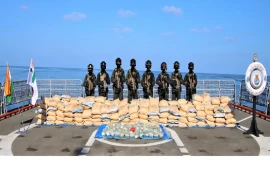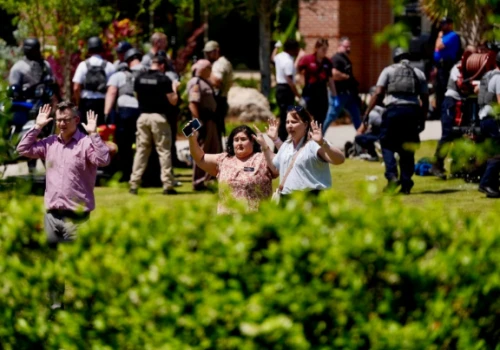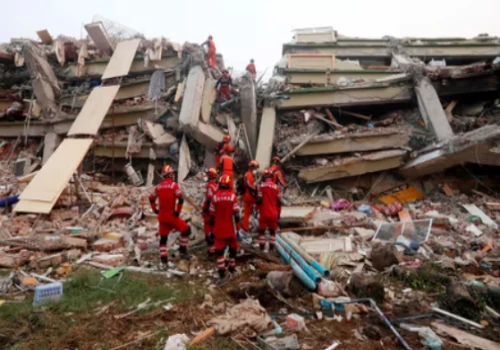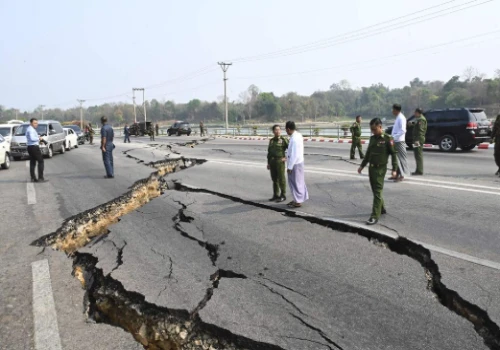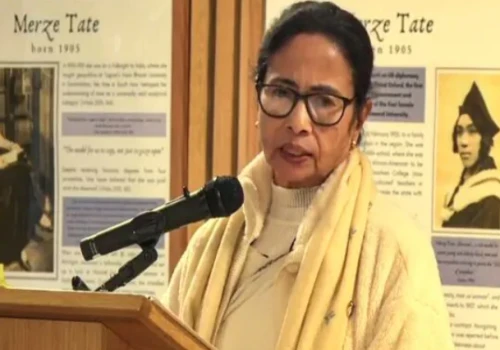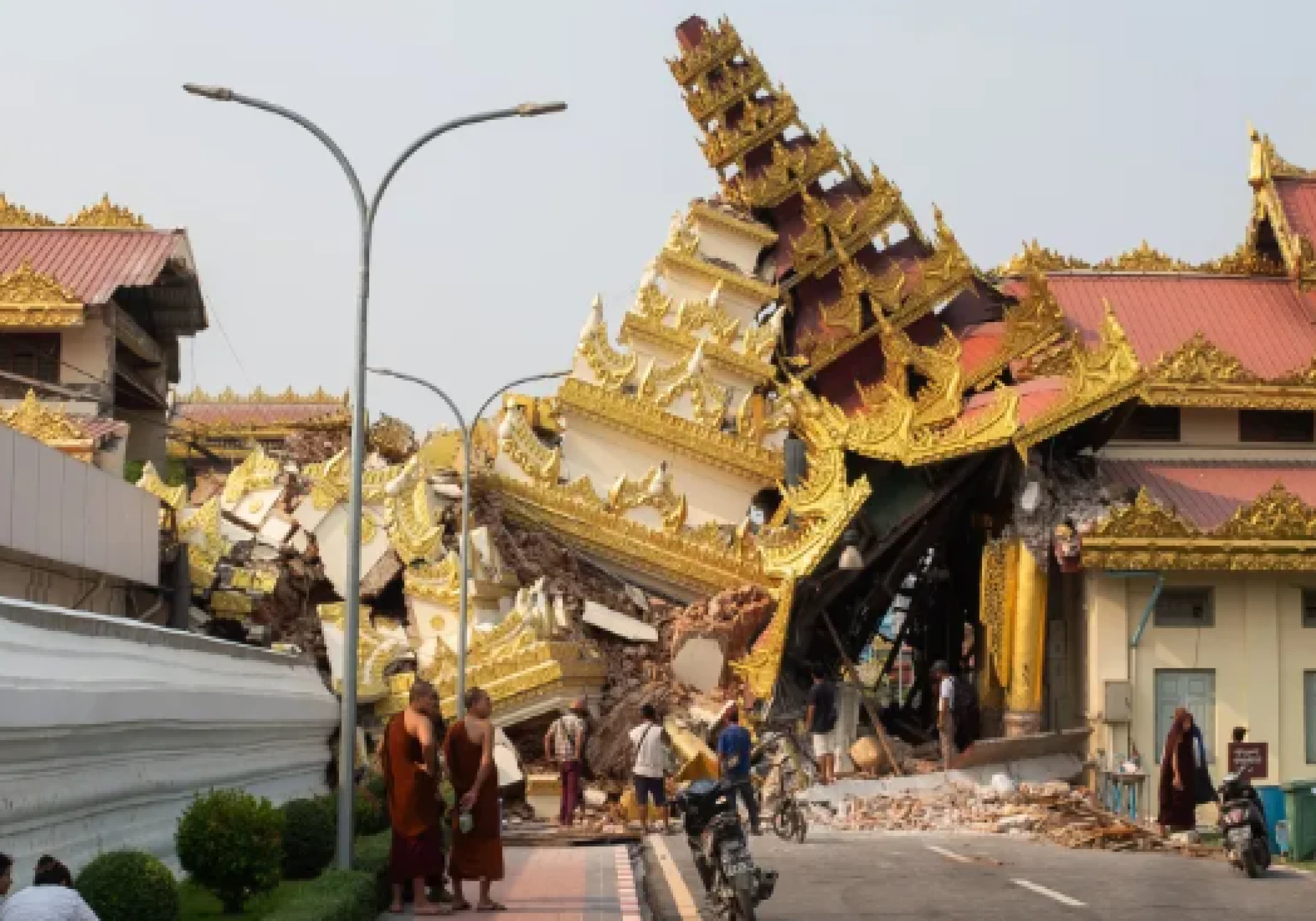
A tragic 7.7-magnitude earthquake hit central Myanmar on Friday, killing at least 1,644 people and leaving more than 3,400 injured, with another 139 missing. The earthquake's epicenter was near Mandalay, the ancient city, which had widespread damage, including temple, bridge, and road collapses.
Myanmar's resistance movement declared a short-term ceasefire to allow relief to be delivered following the disaster. Many nations have sent rescue units and medical staff to aid relief operations. The United Nations released $5 million and coordinated efforts with several organizations to deal with deficiencies in medicine supplies and damage to infrastructure. China donated 100 million yuan ($13.8 million) and sent more rescue teams and relief. Russia, Hong Kong, and New Zealand also made significant contributions.
The effects of the earthquake spread over to neighboring Thailand, where there were ten reported deaths. In Bangkok, a 33-story building toppled, leading to more casualties. Collapse of the air traffic control tower at Naypyitaw International Airport further distracted rescue efforts.
Rescue teams work tirelessly in order to discover survivors from destroyed infrastructure and interrupted communications. The disaster overwhelmed Myanmar's available infrastructure and relief services, already pushed to capacity with constant civil war and economic crises. The world continues to rally resources in efforts to assist devastated areas, offering priority in arranged and unfettered assistance

